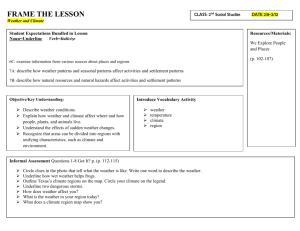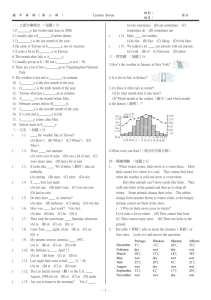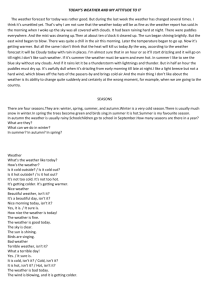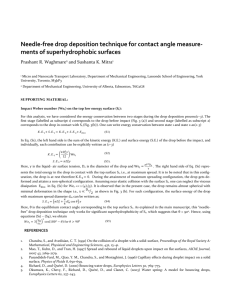CHAPTER 14 SMART CHARTS - e-CTLT
advertisement
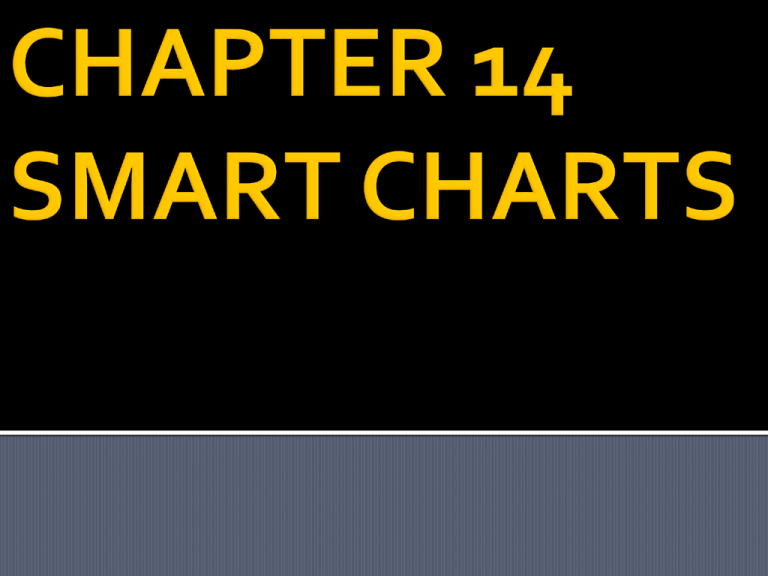
Collection of data Representation of data through pictograph Represent the data graphically as 1.bar graph 2.pie-charts Draw inferences Interpret the given pictograph Number of students in different classes of a school is collected. Class I Class II Class III Class IV Class V 45 40 35 40 50 Presentation of Data The above data is represented as a bar graph. 60 50 40 30 20 10 0 Class I Class II Class III Class IV Class V The above data is represented as a pie chart Students Class V 50 students Class I 45 students Class I Class II Class III Class IV 40 students Class II 40 student s Class III 35 Class IV ClassV A chart showing number of children participating in different activities in connection with a class drama is given below. 1 0.8 This shows 3 children 0.6 0.4 0.2 0 Column3 Acting Collecting Dresses Column1 Playing Music Making sets 1. 2. 3. 4. 5. 6. 7. 8. How many children are action in the drama ? 9 Which are more – children making the sets or those acting ? Acting What is being done by most of the children? Playing music How many children are collecting dresses? 6 Ask the members in your family to name one programme they like and one programme they dislike. Family member Father Mother Brother Sister Grandfather Grand mother Programme they like Programme they dislike Who likes to get wet rain? A child made this “Chapati Chart”(Pie chart)after asking his friends. Do not like to get wet in rain Like to get wet in rain 1. 2. 3. 4. 5. 6. 7. 8. 9. How many children like to wet in the rain ? a) half b) one-fourth c) three- fourth How many children do not like to get wet in the rain? a) half b) one-fourth c ) three- fourth If the number of children in the class is 36 ,then tell the number of children: a) who like to get wet in the rain? 27 b)Who do not like to get wet in the rain? 9

